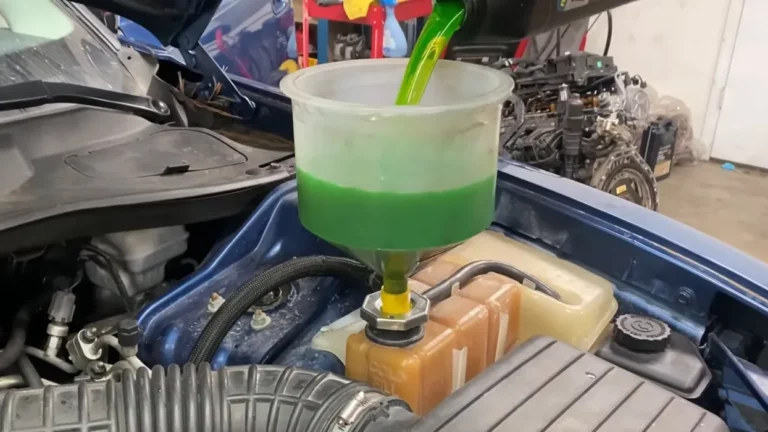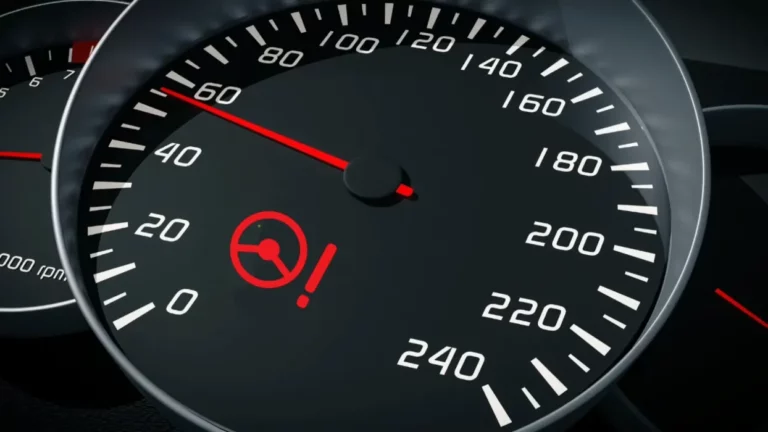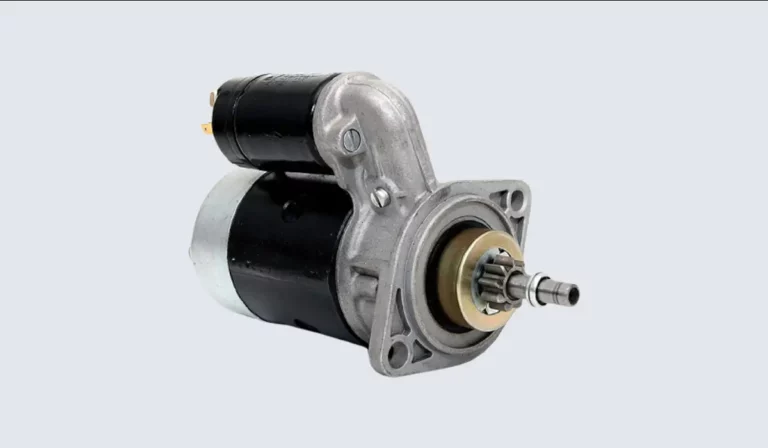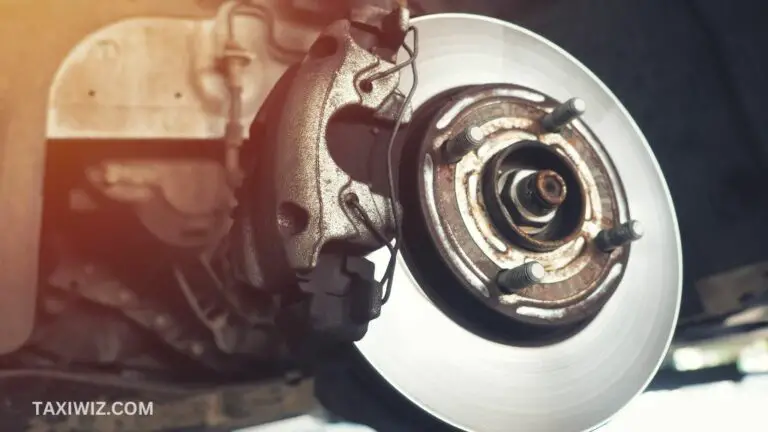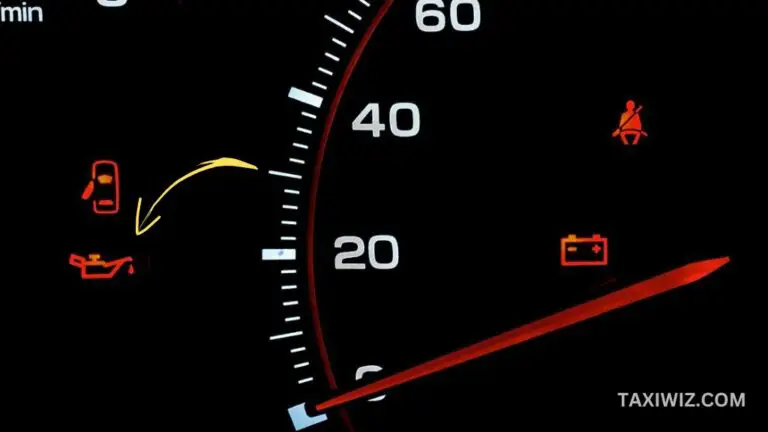Can I Use A Downstream Oxygen Sensor For Upstream? NO! Here’s Why
Both upstream and downstream oxygen sensors have been created with specific functionalities and locations in mind. Butcan I use a downstream oxygen sensor for upstream? – no, you cannot.
The upstream sensor that is located before the catalytic converter was created to measure the level of toxins leaving the engine and adjust the air-to-fuel proportion as per the requirement.
Meanwhile, the downstream sensor that comes after the catalytic converter was designed to compare the level of toxins exiting the tailpipe against the measurements taken by the upstream sensor.
Below, we’ll discuss why you can’t use a downstream oxygen sensor for upstream further.
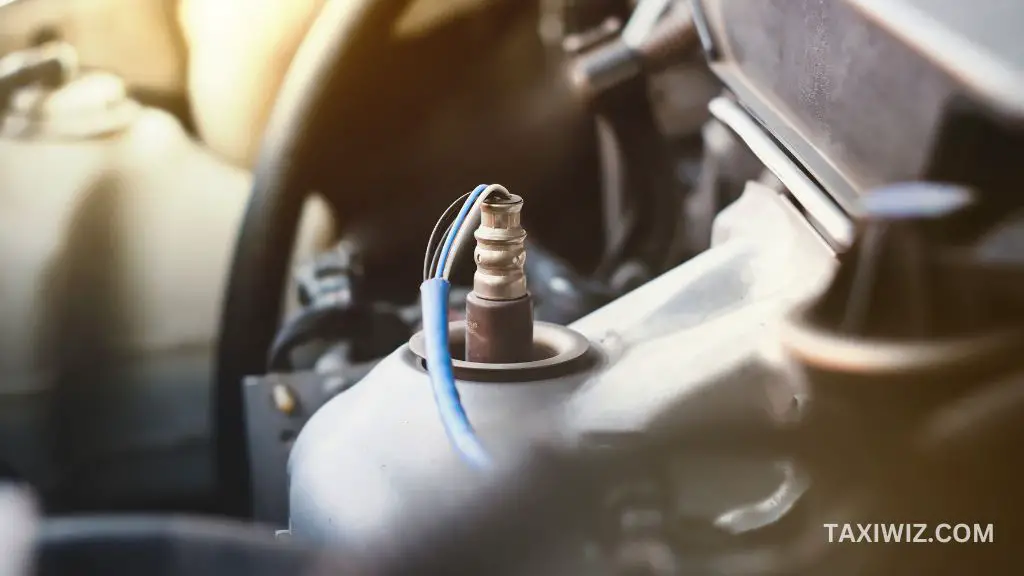
What Does an Oxygen Sensor Do in a Car?
There are quite a few roles played by an oxygen sensor in a car. Let’s take a look at the most important features:
1. Monitoring Exhaust Oxygen Levels
The main function of an oxygen sensor is to measure the oxygen levels within the exhaust gases.
It measures the oxygen concentration before and after the catalytic converter and sends the feedback to the engine control unit (ECU) to ensure efficient engine performance.
2. Determining Air-to-Fuel Ratio
Based on the readings, the sensor aids the ECU to figure out the ideal air-to-fuel ratio for combustion. A balanced air-to-fuel ratio safeguards efficient engine performance and emission control.
3. Adjusting Fuel Injection
The feedback sent to the ECU helps it to adjust the fuel injection system as needed. If the sensor detects a lean mixture (low oxygen), then the ECU increases fuel delivery. On the other hand, when it detects a rich mixture (high oxygen), it decreases fuel delivery.
4. Enhancing Fuel Efficiency
Proper and accurate measurement of oxygen levels helps the ECU to optimize fuel consumption. It leads to a reduction in fuel wastage.
5. Emission Control
One of the vital roles played by the sensor is the reduction of harmful gas emissions.
This is done by monitoring and controlling pollutants such as carbon monoxide (CO), nitrogen oxide (NOx), and hydrocarbons (HC).
6. Optimizing Ignition Timing
By monitoring the oxygen levels, the sensor helps to optimize ignition timing.
The ECU regulates the ignition timing based on the oxygen content to guarantee proper combustion and maximum power output.
7. Ensuring Compliance with Environmental Regulations
Thanks to the continuous monitoring and adjusting of the air-to-fuel ratio, the sensor helps your vehicle maintain the emission standards set by the regulatory authorities.
What Is an Upstream Oxygen Sensor?
Also, known pre-catalytic converter oxygen sensor, or simply sensor 1, is a component positioned in the exhaust system of a vehicle. It’s located before the catalytic converter, thus, closer to the engine.
The primary job of the sensor is to monitor the combustion efficiency of the engine and transfer the collected data to the ECU.
The ECU then utilizes the information provided to determine the idealair-to-fuel ratio that guarantees the engine operates at optimal efficiency and power output.
Down below is a list of functions performed by the upstream O2 sensor:
- Monitor Exhaust Gas Composition
- Determine Air-to-Fuel Ratio
- Provide Feedback to the ECU
- Adjust Fuel Injection
- Control Emission
- Ensure Proper Catalytic Converter Operation
What Is A Downstream Oxygen Sensor?
Also known as a post-catalytic converter oxygen sensor or simple sensor 2, is a component positioned in the exhaust system of a vehicle. It’s located after the catalytic converter, thus, further away from the engine.
The sensor is responsible for measuring the pollutant levels in the exhaust gases after it passes through the catalytic converter.
Next, it compares the measurements against the readings from the upstream sensor, then generates valuable information about the efficiency of the catalytic converter in reducing harmful emissions.
This data greatly helps the vehicle’s system to detect issues with the converter.
Down below is a list of functions performed by the upstream O2 sensor:
- Monitor Air-Fuel Efficiency
- Control Fuel Injection
- Deter Rich or Lean Conditions
- Assist Emission Control
- Diagnose Function
Can I Use A Downstream Oxygen Sensor For Upstream?
The answer is no, you can’t use downstream O2 sensors for upstream applications.
Both of the sensors were designed with specific functionalities and locations in mind.
Due to their distinct roles and locations, they have different body designs, wiring setups, and sensor tips. Swapping them is likely to result in inaccurate readings and potential engine issues.
For optimal performance, emission control, and accurate readings, it is crucial to ensure that the right sensor is installed in its designated place.
Always follow the manufacturer’s recommendations or consult a professional mechanic when replacing the oxygen sensors to main proper compatibility and functionality.
Difference Between Upstream And Downstream O2 Sensor
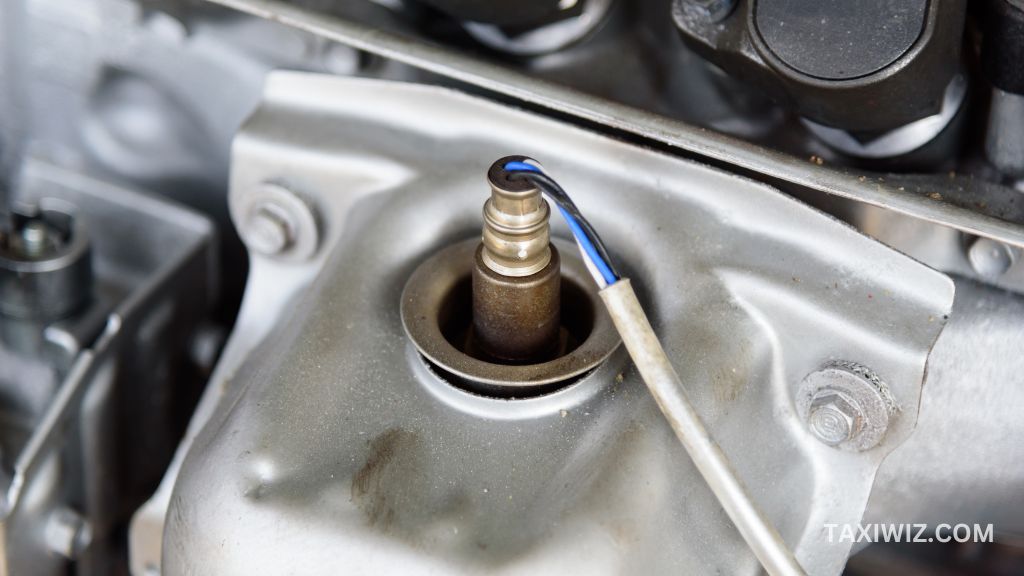
Here, we will discuss the similarities and differences between upstream and downstream oxygen sensors.
Similarities:
Both sensors typically use zirconia or wideband oxygen sensor technology to measure the oxygen percentage in the exhaust gases.
The two sensors usually feature a similar electrical connector for connection to the vehicle’s wiring harness.
Both of the sensors play a crucial role in the car’s onboard diagnostics system. They help to detect and diagnose problems related to air-fuel mixture and catalytic converter competence.
Differences:
As mentioned before, the upstream sensor is located before the catalytic converter, while the downstream sensor is positioned after the catalytic converter.
The upstream sensor primarily monitors the air-fuel mixture entering the engine and provides feedback to the ECU for fuel control and optimization.
On the other hand, the downstream sensor focuses on evaluating the efficiency of the catalytic converter by measuring pollutant levels in the exhaust gases exiting the converter.
The upstream sensor typically features a faster response time, providing real-time feedback to the ECU for prompt adjustments in the air-fuel ratio.
In contrast, the downstream sensor has a slower response time as its main purpose is to assess the catalytic converter’s performance over a longer duration.
Due to their location, the upstream sensor operates at higher temperatures compared to the downstream sensor. The difference in their operating temperature affects the design and construction of the sensors.
| Upstream Oxygen Sensor | Downstream Oxygen Sensor | |
|---|---|---|
| Location | Before the catalytic converter | After the catalytic converter |
| Function | Measures pollutant levels leaving the engine | Measures pollutant levels after the catalytic converter |
| Purpose | Tracks and reports the air-fuel ratio to the ECU | Compares measurements to assess catalytic converter efficiency |
| Wires | Communicates fuel mixture richness to the ECU | Communicates catalytic converter efficiency to the ECU |
| Body | Slimmer with a smaller tip | Slightly larger with a thicker end |
| Sensor Tips | Smaller tip with perforations | Thicker and solid end |
| Threads | Usually different thread patterns | Usually different thread patterns |
| Interchangeable | Rarely interchangeable | Rarely interchangeable |
| Response Time | Faster response time | Slower response time |
| Temperature | Operates at the higher temperature | Operates at a lower temperature |
O2 Sensors Difference Between Upstream or Downstream? Oxygen Sensors >> Check out the video below:
Frequently Asked Questions (FAQs)
1. How often should oxygen sensors be replaced?
Depending on various factors like driving conditions and sensor quality, oxygen sensors generally have a lifespan of 50,000 to 100,000 miles.
2. Can a faulty oxygen sensor affect fuel economy?
Yes, using a faulty oxygen sensor can bring a negative impact on the fuel economy. If the sensor fails to provide accurate readings, the ECU may not adjust the air-to-fuel mixture properly – leading to decreased fuel efficiency as well as higher emissions.
3. How can I diagnose a faulty oxygen sensor?
The common signs of a waning oxygen sensor include persistent check engine light, rough idle, poor fuel economy, or unusual exhaust odor.
4. Can a failing catalytic converter affect oxygen sensor readings?
Yes, a failing catalytic converter may cause abnormal readings from the oxygen sensor.
5. Will a faulty upstream oxygen sensor affect the downstream sensor?
A faulty upstream O2 sensor is likely to indirectly impact the downstream sensor’s reading.
Incorrect data from the upstream sensor can cause the ECU to make inaccurate adjustments.
Wrapping Up
Both the upstream and downstream oxygen sensors have their own crucial roles to play in monitoring the air-fuel mixture and exhaust gas composition in a vehicle’s exhaust system.
Since they both have distinct features, designs, and allocated locations, you cannot use them as substitutes for one another. Be sure to use the correct component in the correct place to ensure proper performance and reduced environmental impact.

